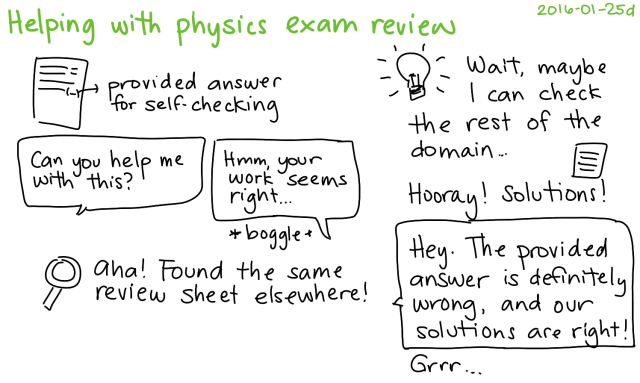My story about my dad
| familyMy sister started collecting stories for my dad months before his death so that he could read them. I posted this on Facebook so that my family could easily include it in their collection (which they did), but I forgot to put it on my blog too. So here it is.
From September 21, 2017:
Our visit home is almost done. I'm not sure when we'll be back and how long my parents have, especially with my dad's current health challenges. I've been preparing for this moment for years. Maybe I'll have years more, or maybe not.
It's good to write now, choosing the memories I want to treasure and the lessons I want to keep. My sisters have great memories of wild adventures with my dad. I've always been the quieter sort, happier at home than on the road or in the air. It means, perhaps, that I get to remember a different side to him than most people focus on.
I've been thinking about how my dad manages to make such outsized differences in the world. Banaue, advertising photography, RC flying, ultralight flying, the zoo, Photography with a Difference… Even now, he's planning a national exhibit and an enduring celebration of heritage in Ifugao schools. He can do more in a month than many people do in a lifetime.
The obvious factors: tremendous energy and resourcefulness; playfulness; generosity; persistence almost to the point of stubbornness; constant learning; the skills of photography, editing, and storytelling; the support of my mom and people around them; larger-than-life ideas that spark other people's enthusiasm; a charismatic personality; a sense for theatre and how to set things up; building relationships through teaching; the savviest use of social media that I've seen. I'm not sure. I'm piecing this together from stories and from watching my parents behind the scenes.
And this factor, the one that shines through in the quiet moments my parents share: empathy. My dad lets himself be moved, and he moves others. Not all causes, and not always successfully, but there is a bigness of heart to him, and I think people respond to that as much as they respond to the cheerful audacity of his ideas.
“Will you remember me?” he asks my toddler. I think of all the stories I've heard, the videos and front-page news articles he's been featured in, the people who tell their own tales of encounters with him and were inspired by his example. I'll share those with her, of course.
More than that, I hope to share the lessons we can learn about making our own differences. We don't have to follow in his footsteps. I'm not sure anyone can. But we can practice the resourcefulness and resilience that helped him find ways around so many challenges. We can practice the constant learning that helped him hone his skills and the constant teaching that helped him build communities. We can practice the empathy and generosity that helped him move mountains.
And besides, he gave my toddler her first camera and her first Swiss knife. Who knows where those will take us, if we can learn how to use those two tools and what they represent, all the way to their fullest potential?
As for what he gave me… If I can face uncertainties with clear eyes and steady hands, planning for different scenarios and doing what needs to be done, it's because I learned that from my parents. If I can feel lucky and excited, even now, it's because of them.
Here are the four things I want to say:
We're okay. Thank you. I love you. Let's see.


